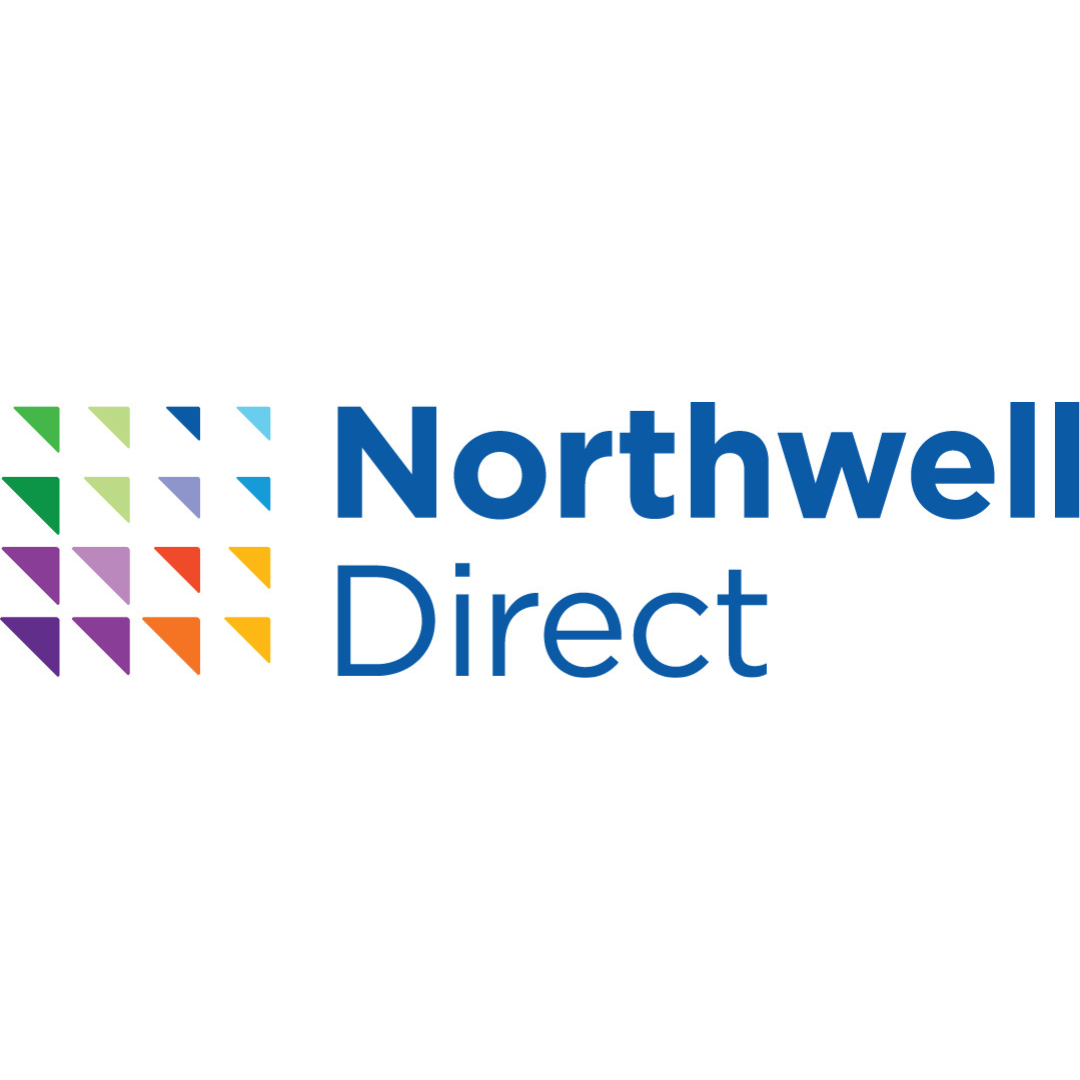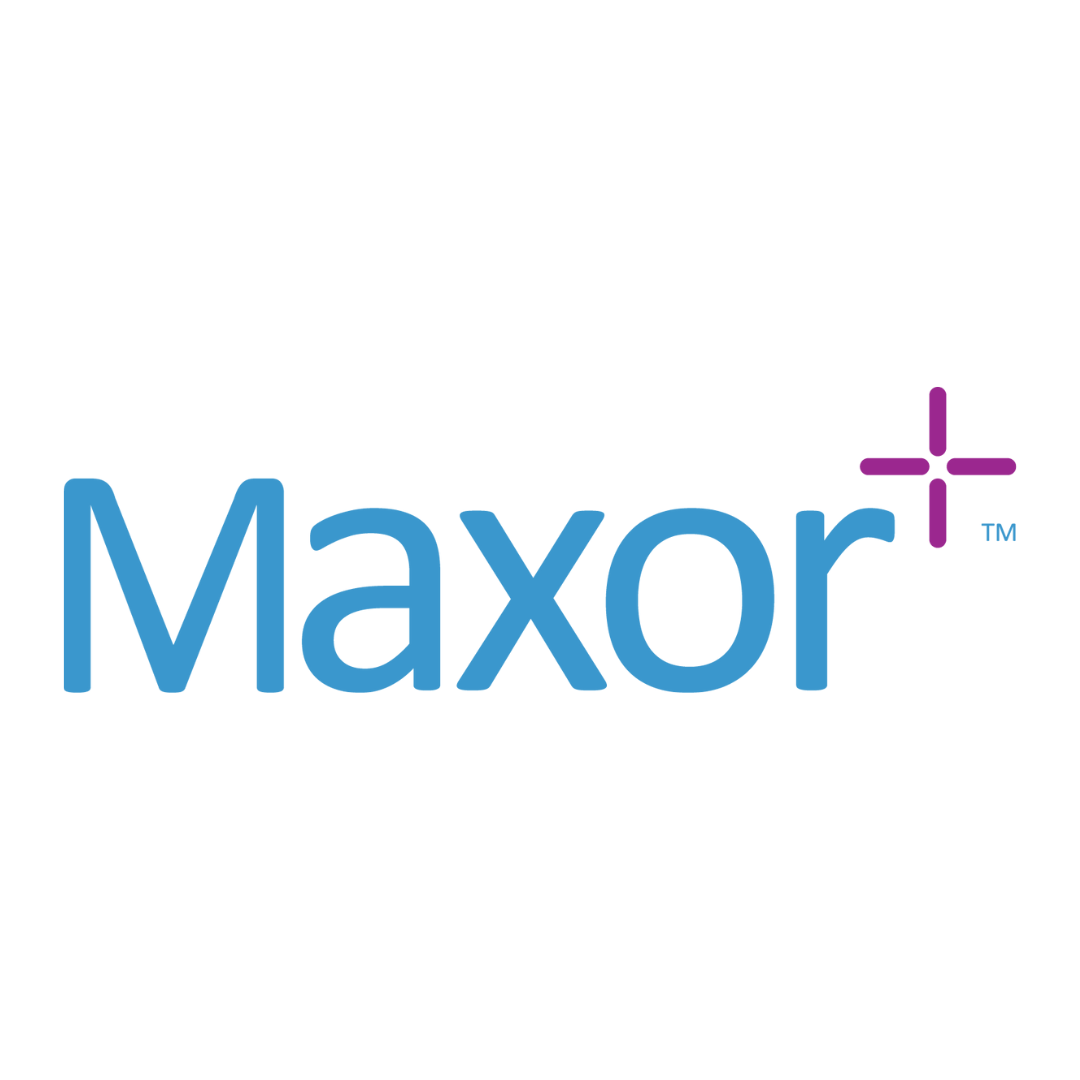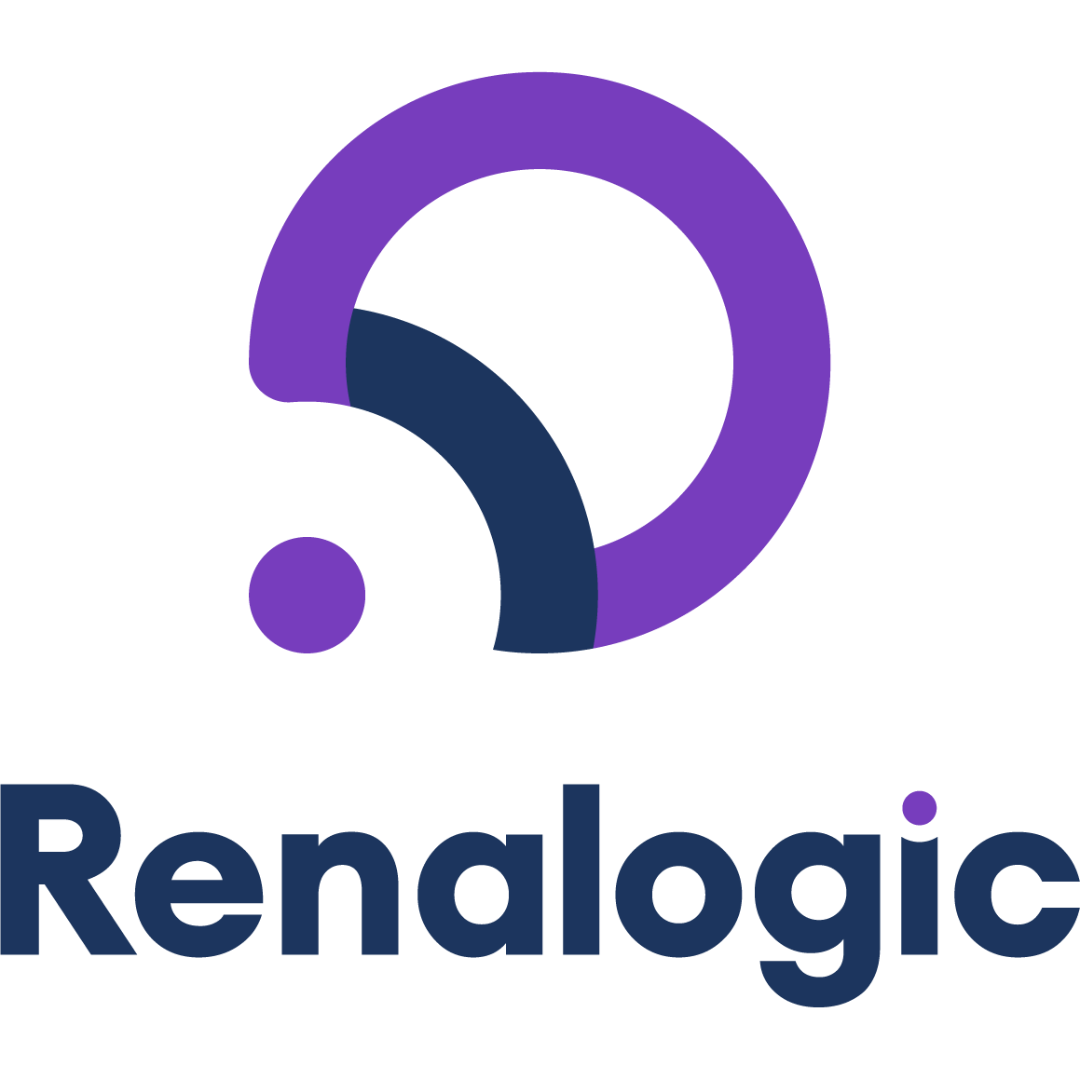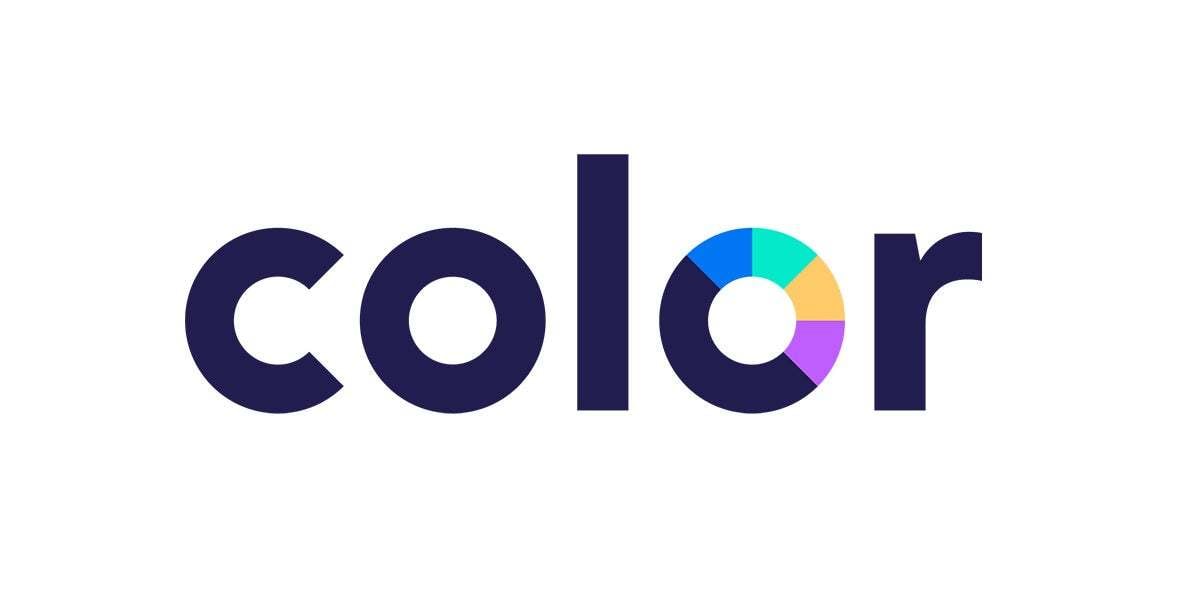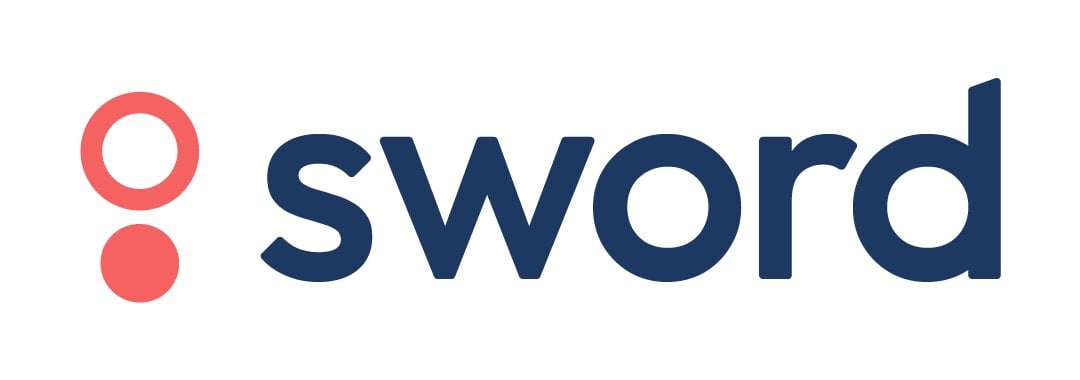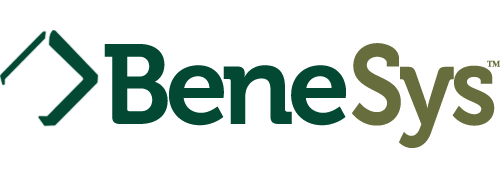How Employers Should Address Rising Health Spend From GLP-1 Medications

Dr. Edo Paz
SVP, Medical Affairs at Hello Heart & Cardiologist at White Plains Hospital
Obesity is a growing epidemic in the U.S., and by 2030 nearly one in two adults will have obesity. Obesity increases the risk of many diseases, including heart disease, the leading cause of death in the U.S. Obesity also costs the U.S. healthcare system nearly $173 billion per year. It is clear that obesity is an urgent public health concern, and we need to use all the tools we can to address it. One of the tools that you may have read a lot about recently is a class of medications called GLP-1s. Initially developed to treat diabetes, GLP-1s are effective in helping people lose weight. However, the medications come at a steep cost. So how can benefits leaders address the rising health spend attributable to these medications?
First, let’s start with some background. “GLP-1s” is short for glucagon-like peptide-1 receptor agonists, a class of medications that were initially developed to treat diabetes. However, two of the medications in this class, semaglutide (brand name Wegovy) and liraglutide (brand name Saxenda) are also FDA-approved to treat obesity. Both are given via injection, although Wegovy has better results for weight loss. In clinical trials, patients who took the medication lost nearly 15% of their body weight. In addition, the medications are fairly well-tolerated, with gastrointestinal side effects being most common.
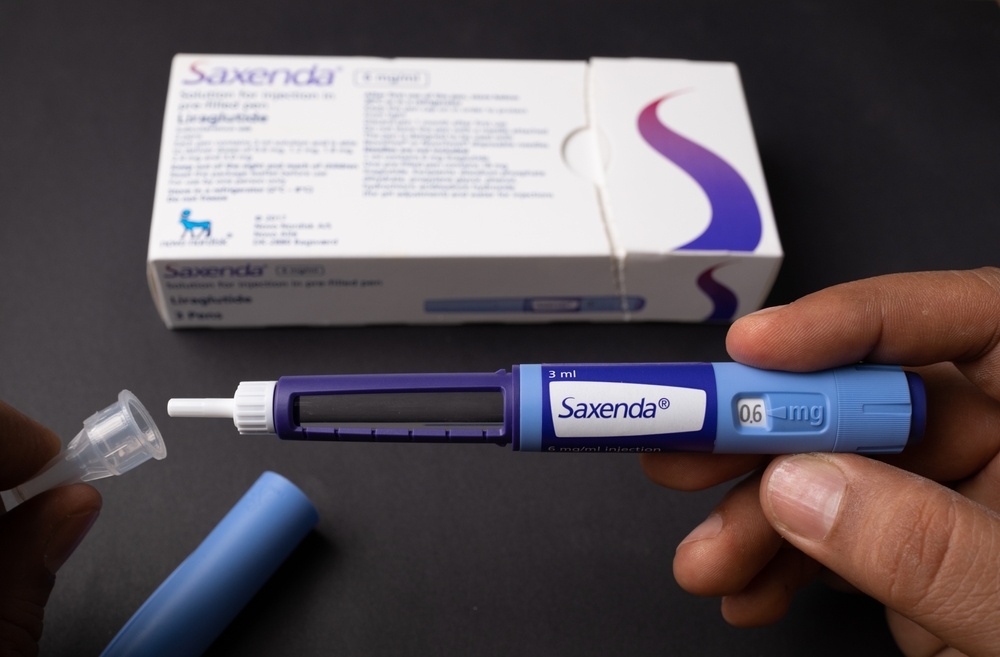
Although these results are exciting, they come at a steep cost. GLP-1s cost around ~$1,400 per month, or over $16,800 per patient per year. In addition, patients who stop the medications regain a significant portion of the weight initially lost. As such, patients may nee to remain on GLP-1s indefinitely to maintain the weight loss results, raising concerns about the accumulating cost of these medications on payers and our healthcare system in general. Analysis shows that employers are already spending an increasing amount of money on GLP1-s, even though less than half of payers cover it for weight loss. Unfortunately, employers have limited control over these rising costs, and instead need to quickly pull other cost savings levers for 2024. That’s where Hello Heart comes into play.
Hello Heart is the only digital therapeutic focused exclusively on heart health, and includes a connected blood pressure monitor and app that uses artificial intelligence (AI), behavioral science, and personalized digital coaching to drive lifestyle changes. Although Hello Heart is associated with impressive clinical outcomes, let’s first focus on the financial outcomes. A third-party claims analysis found significant potential cost savings for employers who offer Hello Heart to their employees. In particular, there was a 19% potential cost savings when comparing Hello Heart users to matched nonusers, corresponding to $1,865 potentially saved in total medical costs per participant per year. This is an important lever to pull to curtail spending, as there is a big cost of doing nothing this year.

In addition, any program involving GLP-1s should also include a focus on lifestyle changes. As mentioned earlier, people who stop GLP-1s regain the weight they have lost. As a result, there is no clear endpoint to GLP-1 treatment — almost like a bridge to nowhere. That’s why employers also need to support employees with lifestyle changes like diet and exercise alongside meds. In fact, standard treatment of all patients with obesity includes lifestyle changes like diet and exercise, whether or not they are treated with GLP-1s. Hello Heart encourages positive lifestyle changes like improved diet, increased exercise, and improved medication adherence. Hello Heart users show high engagement and sustained outcomes, and adopt behaviors that improve their blood pressure, cholesterol, and weight.1
Finally, any program involving GLP-1s for weight loss should consider heart health. Obesity and heart health are closely intertwined, as patients with obesity are at increased risk for heart disease, including coronary heart disease (such as heart attack), abnormal cholesterol levels, and high blood pressure. In fact, avoiding heart disease is one of the most important reasons to treat obesity. Because of this, treatment of all patients with obesity involves screening for and treating issues like high blood pressure and abnormal cholesterol. By targeting whole heart health, Hello Heart takes a more holistic approach, understanding how obesity and heart health are closely related.

GLP-1s are effective in helping people lose weight and thus are likely to play an increasingly important role in America’s obesity epidemic. However, the medications come at a steep cost, and benefits leaders need to account for the rising short-term costs attributable to these medications. In addition, any program involving GLP-1s should also include a focus on lifestyle changes, and address the closely linked issue of heart health. Hello Heart accomplishes all of the above, achieving cost savings, addressing whole heart health, and targeting positive lifestyle changes like improved diet, increased exercise, and improved medication adherence. So when thinking about the rising health spend attributable to GLP-1s, employers should look to proven solutions like Hello Heart!
1 Based on data on file at Hello Heart analyzed by Hello Heart researchers. The analysis has not been subject to peer review.
Hello Heart is not a substitute for professional medical advice, diagnosis, and treatment. You should always consult with your doctor about your individual care.



